— Vote now through Friday, January 3, at 10 a.m. —
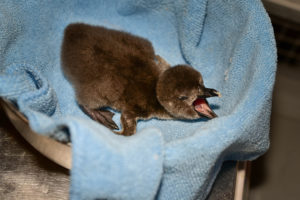
BALTIMORE, MD – The Maryland Zoo wants to add a dash, sprinkle and pinch of new names to the growing African penguin colony! The Zoo has been hatching penguin chicks for more than 50 years, celebrating the arrival of Mille, chick number 1000 in 2018 and naming the chicks each year with a new theme. This year, the Penguin Coast care team has selected spices as the naming theme for chicks hatched during the 2019-2020 season.
Since the newest batch of chicks will add a bit of flavor to the colony of more than 90 endangered birds, the Zoo has partnered with Maryland-based McCormick & Company for the naming contest and name announcements.
“We’re so excited to be ‘adopting’ these little chicks for the season and taking them under our wing,” said Jill Pratt, VP of Marketing Excellence at McCormick. “We have supported the Zoo for years and are pleased to bring more attention to the great work they do in our community and conserving animals in the wild. McCormick couldn’t possibly pick a favorite from Sage, Sesame, Tarragon and Thyme, so we encourage everyone to visit the Zoo’s site and vote.”
The Zoo is now asking for the public’s help in selecting the first name for a female penguin hatched on Oct. 19. The flavorful name options are Sage, Sesame, Tarragon and Thyme.
Once each chick hatches, it is assigned an individual identification number, and each is named according to the theme once DNA tests reveal whether the chick is male or female. Previous themes include literary characters, famous scientists, space, types of fish, and types of trees.
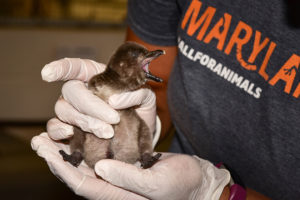
Currently seven chicks have hatched this breeding season, with more to come. Breeding season at Penguin Coast begins in mid-September and lasts until the end of February, mimicking the spring to summer breeding season for these endangered birds in their native South Africa. Penguin chicks hatch 38-42 days after the eggs are laid.
“With African penguins, it is both the male and the female who care for the eggs, taking turns incubating, and once the chick hatches, they rotate care for the chick, protect, feed, and keep the chick warm for 2-3 days and then switch off,” said Jen Kottyan, avian collection and conservation manager.
At Penguin Coast, chicks stay with their parents for about three weeks after they hatch and are fed regurgitated fish from their parents. During this time, the Penguin Coast animal care team and vets keep a close eye on the development of the chicks, weighing and measuring them every few days until they are three weeks old to make sure that the parents are properly caring for each chick. When a chick is three weeks old, the keepers remove it from the nest, and start to teach the chick that they are the source of food. This step is critical as it will allow staff to provide long term care for the birds including daily feeding, regular health exams and both routine and emergency medical care. Penguin breeding recommendations are made by the Association of Zoos and Aquariums’ (AZA) African Penguin Species Survival Plan (SSP).
While the penguin chicks are not viewable to the public, juvenile and adult penguins can be seen at Penguin Coast. Penguin Feeding programs are offered twice daily, free with admission, and behind-the-scenes Penguin Coast Tours and Penguin Encounters are offered throughout the year for an additional fee.
To see pictures of the Zoo’s newest feathered additions and to cast your vote, click here. Voting is open now through 10 a.m., Friday, Jan. 3. You can vote once per day, and the winning name theme will be announced on the voting page and our social media pages!

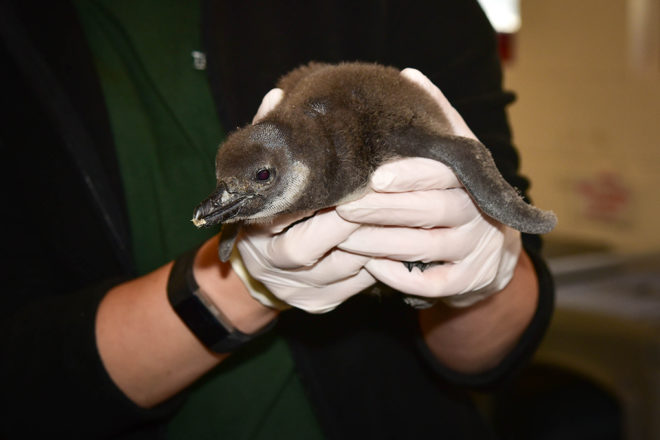
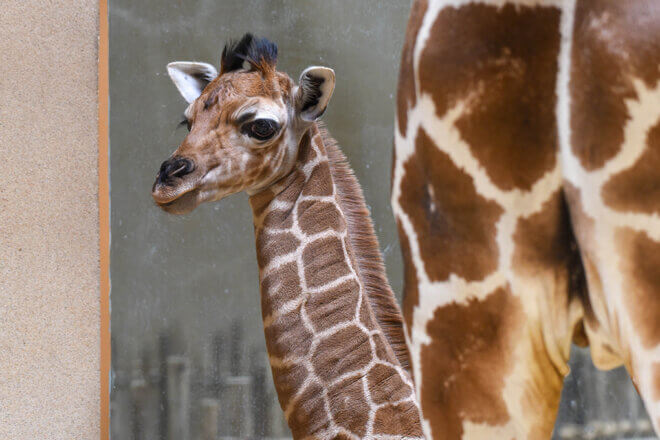
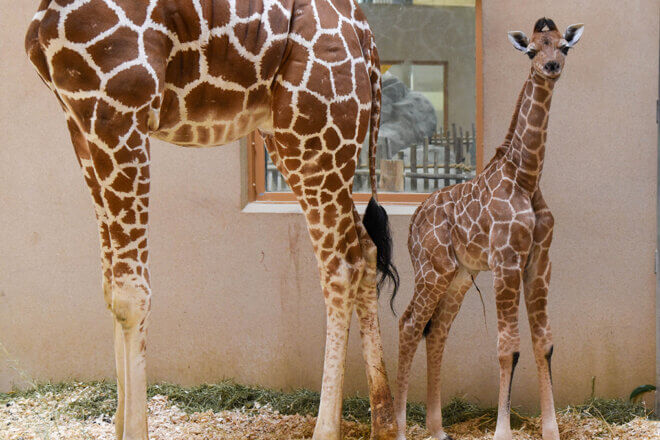
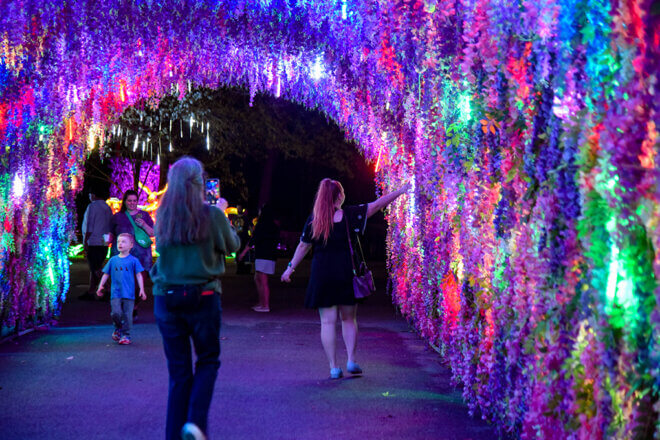
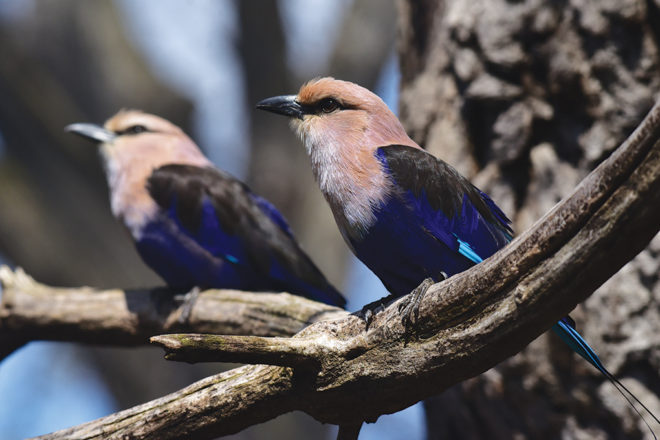
Share this article